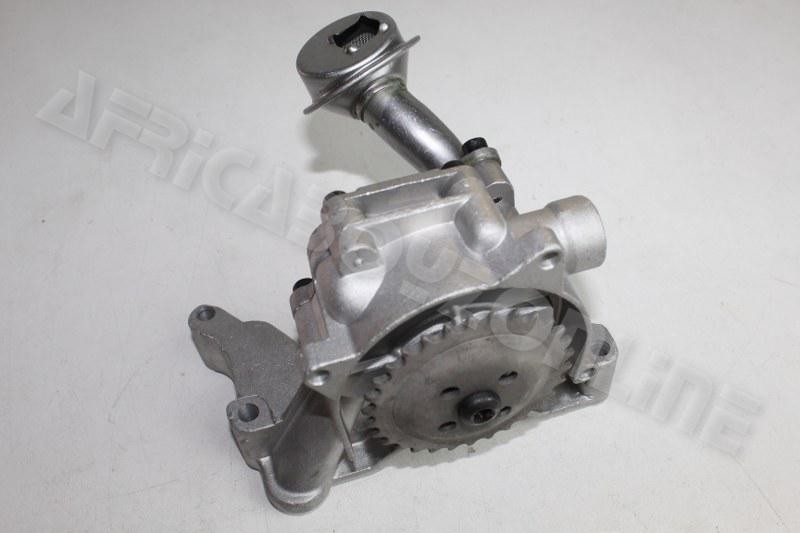Achieve long-term reliability with the right clp engine.
Achieve long-term reliability with the right clp engine.
Blog Article
Just How a Clp Engine Can Enhance Effectiveness in Various Industries
The introduction of CLP engines marks a substantial shift in functional efficiency throughout various markets, driven by their capacity to enhance fuel usage and minimize downtime. Industries such as production and logistics stand to gain substantially from their durable style and regular power output, which assure to streamline procedures and boost productivity. As companies progressively focus on sustainability alongside effectiveness, the duty of CLP engines ends up being a lot more important. What remains to be seen is exactly how these innovations will certainly form the future landscape of industrial operations and their effect on more comprehensive economic patterns (clp engine).
Overview of CLP Engines
CLP engines, or Continuous Fluid Propellant engines, stand for a considerable improvement in propulsion innovation, especially for room applications. These engines use a constant feed system that enables for the sustained expulsion of propellant, resulting in improved performance and efficiency compared to typical strong or hybrid propulsion systems. By preserving a constant circulation of liquid propellant, CLP engines can achieve extra exact thrust control, which is important for maneuvering spacecraft in numerous objective scenarios.
The layout of CLP engines integrates advanced products and innovative gas administration systems. clp engine. This leads to reduced weight and boosted reliability, essential aspects for long-duration space goals. Additionally, the continuous procedure reduces the threat of combustion instability, an usual difficulty in standard rocket engines.

Advantages in Production
The manufacturing of Constant Liquid Propellant (CLP) engines presents several notable advantages that improve both effectiveness and cost-effectiveness. One of the primary benefits is the structured manufacturing process, which decreases the complexity related to conventional propulsion systems. By making use of fluid propellant, makers can accomplish higher precision in engine efficiency, leading to maximized power output and reduced waste.
Furthermore, CLP engines facilitate a greater degree of modularity, enabling easier assimilation right into various production lines. This versatility can considerably lower preparations and improve overall functional versatility. The use of CLP modern technology likewise tends to decrease the demand for substantial maintenance as a result of fewer relocating parts, which translates right into reduced downtime and functional costs.

Applications in Logistics
Leveraging Continual Liquid Propellant (CLP) engines in logistics provides Learn More Here considerable advantages in operational effectiveness and dependability. These engines supply a robust option for different transport requirements, allowing the seamless movement of goods across vast ranges. The inherent layout of CLP engines permits consistent power outcome, which equates into smoother and much more predictable transport timetables.
Among the crucial applications of CLP engines in logistics is in heavy-duty products transportation, where they can drive both ground and airborne cars. Their ability to maintain high efficiency under varying load problems makes certain that shipment timelines are satisfied, consequently improving client complete satisfaction. Additionally, CLP engines can be incorporated right into automated logistics systems, helping with real-time tracking and maximizing path planning.
In addition, the resilience of CLP engines reduces upkeep downtime, enabling logistics companies to optimize their operational capacities. This is especially advantageous in warehousing procedures, where effectiveness in handling and delivering products is crucial. As logistics remains to progress, the integration of CLP engines stands for a forward-thinking approach that not just improves performance yet likewise sustains the market's expanding needs for dependability and speed.
Effect on Power Effectiveness
Just How do Continuous Fluid Propellant (CLP) engines enhance energy efficiency in transport? CLP engines utilize a regular flow of liquid gas, maximizing combustion procedures and keeping a stable drive output. This style decreases energy losses connected with traditional combustion engines, where fuel distribution can differ and result in inadequacies.
The continual operation of CLP engines permits an extra efficient thermal cycle, leading to greater details impulse compared to traditional engines. clp engine. This equates to lowered gas consumption for the same amount of job done, significantly lowering operational expenses throughout different transport fields, consisting of aviation and maritime industries
Additionally, the capability of CLP engines to preserve optimum efficiency under differing tons conditions lowers the demand for regular acceleration and deceleration, further enhancing fuel efficiency. Improved energy efficiency not just adds to set you back financial savings yet additionally brings about decrease greenhouse gas exhausts, straightening with international sustainability objectives.
Future Trends and Innovations
Arising improvements in Constant Liquid Propellant (CLP) engine technology pledge to reinvent the landscape of transportation efficiency and sustainability. As visit industries pivot towards greener choices, CLP engines stand at the leading edge, integrating innovative materials and layout methods that improve performance while minimizing ecological effect.
One of the most encouraging patterns is the adoption of crossbreed systems that incorporate CLP engines with you could try these out renewable resource sources. This harmony can enhance fuel intake and minimize emissions, straightening with worldwide sustainability goals. Moreover, innovations in computational liquid characteristics (CFD) are promoting the style of even more aerodynamically effective engines, resulting in reduced drag and enhanced fuel performance.
Furthermore, the advancement of smart tracking systems is readied to enhance functional efficiencies. These systems utilize data analytics and IoT innovation to optimize engine performance in real-time, making certain that the engines operate within their most effective parameters.
As research study proceeds to explore different propellant formulations-- such as biofuels and artificial gas-- the future of CLP engines looks promising. By taking advantage of these innovations, markets can not just improve their effectiveness however additionally contribute dramatically to a cleaner, more sustainable future in transport.
Verdict
In conclusion, CLP engines stand for a significant advancement in efficiency throughout multiple markets. The combination of sophisticated materials and fewer moving components decreases upkeep needs, while positioning with sustainability objectives placements CLP engines as an essential modern technology for the future.
Report this page